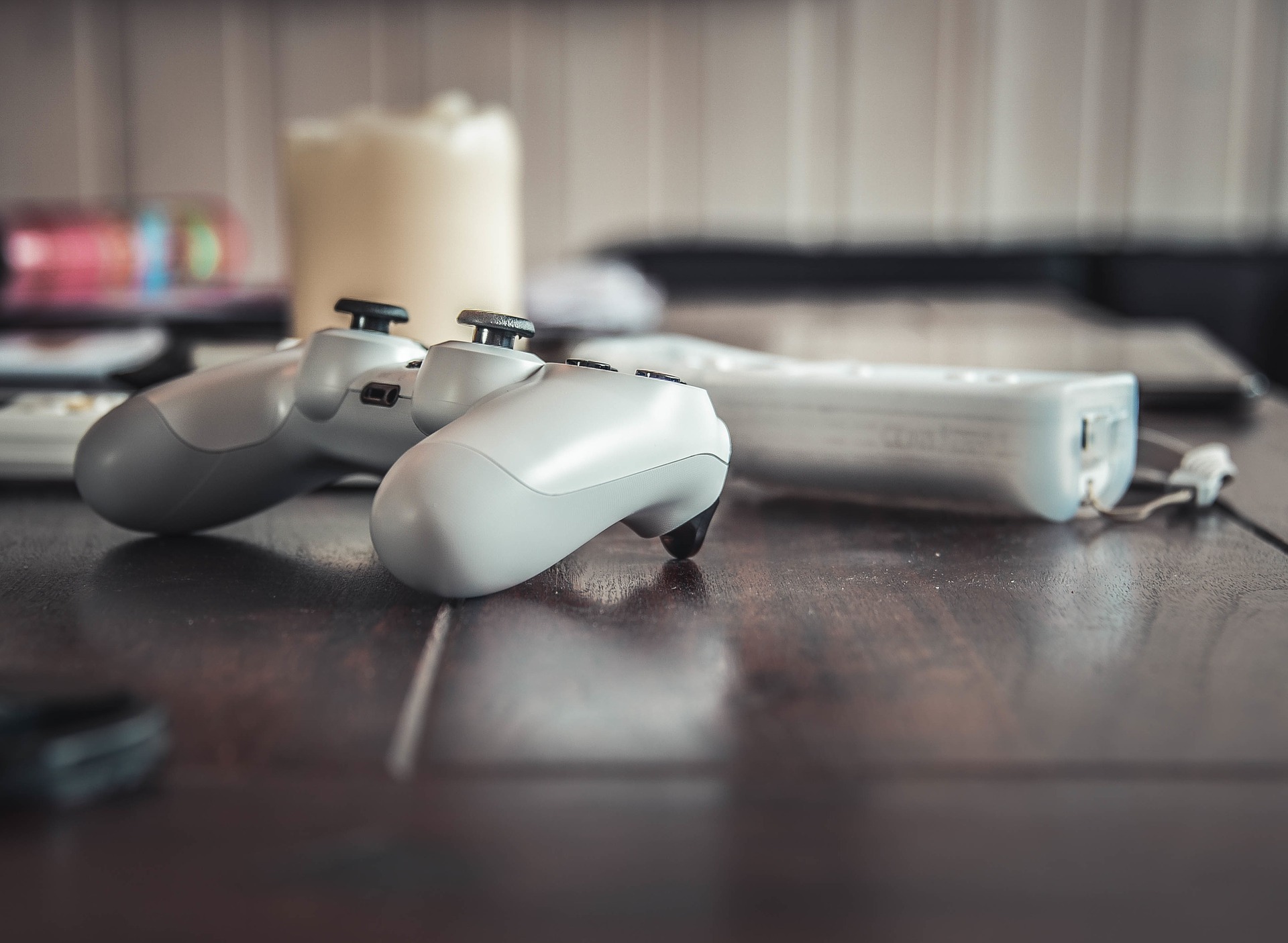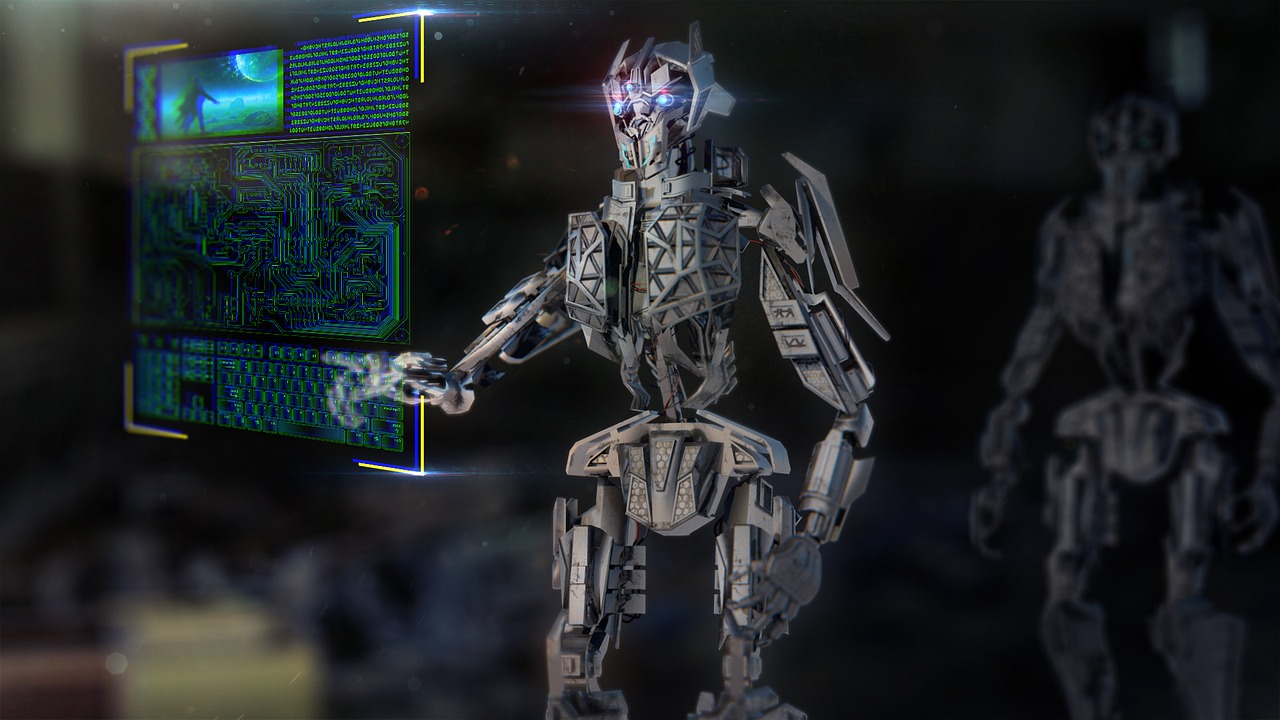In recent experiments, researchers at the University of Limerick’s Bernal Institute, Ireland, have discovered a way to produce electricity from tears. How could this help in real life? Well, a reduced amount of battery depletion on your smartphone is one example!
In their lab, the Bernal scientists, whose results appear in the latest Applied Physics Letters journal, found that under pressure, lysozyme crystals produce an electric current. Lysozyme — an antimicrobial enzyme produced by animals that forms part of the innate immune system. The enzyme can be found in saliva, mammal milk, bird egg whites, and tears.
Meanwhile, the quartz mineral, that comprises silicon and oxygen atoms, is also able to create electricity when placed under pressure — an ability called piezoelectricity. To-date, this ability has made quartz the mineral of choice for an assortment of technologies, such as to make ultrasound devices, resonators within mobile devices, and other kinds of sensors.
However, Aimee Stapleton, a Bernal Institute physicist, said in a news release that although piezoelectricity is widely in use, its ability to engender electricity from this specific protein had never been researched. The degree of lysozyme crystals’ piezoelectricity is noteworthy — it’s equivalent to the magnitude in quartz. Also, since it is biological, it is not poisonous meaning it could have numerous pioneering uses, such as anti-microbial, electroactive veneers for medical transplants.
The specific composition of lysozyme crystals was the very first protein and enzyme structure revealed and labeled by scientists. While it was been regularly studied, this new investigation is first to shine light on the piezoelectricity of the crystal.
According to Tofail Syed, a University of Limerick physics professor, crystals are the benchmark for calculating piezoelectricity in non-biological constituents. He said the researchers have demonstrated that the identical methodology can be applied to comprehend this outcome in biology.
This is a novel attitude as to-date, scientists have attempted to grasp piezoelectricity in biology by means of difficult categorized structures like cells, polypeptides, or tissues instead of exploring humbler core constituents.
While numerous widely-used harvesters comprise noxious components such as lead, the scientists trust their research might be applicable to the design of biomedical devices using safer energy producers.
Bernal Institute director, Luuk van der Wielen, stated proudly that in the arena of biological piezoelectricity, the discovery’s impact will be massive and researchers at Bernal are at the frontline of the advancement in the field.
 Industrialica Industrial News
Industrialica Industrial News






